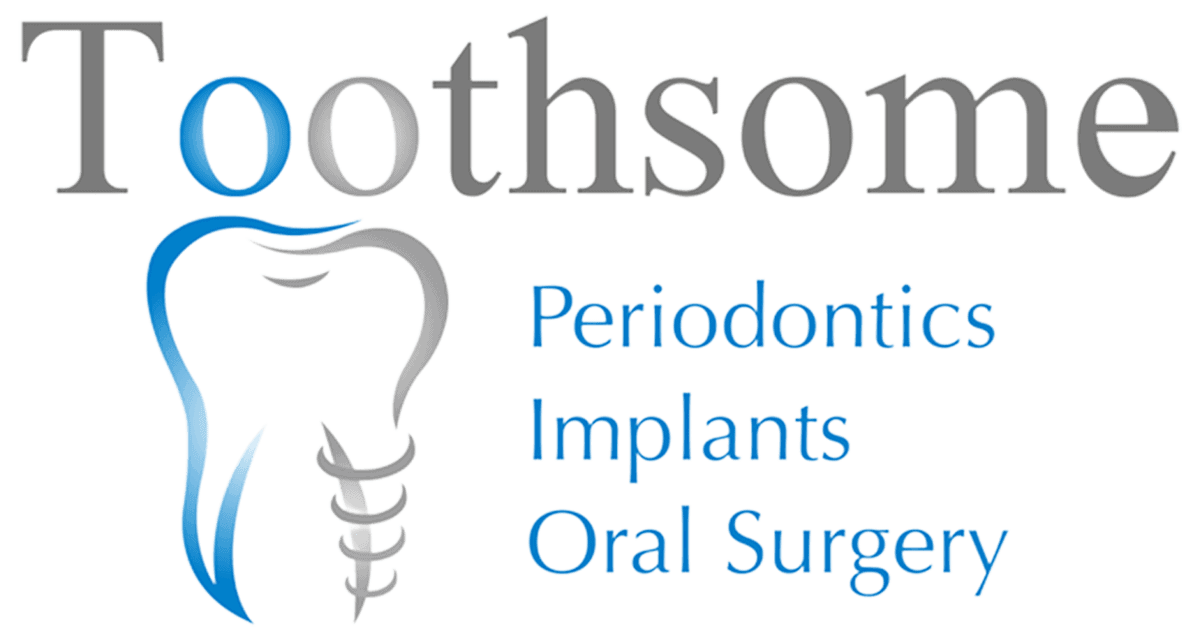
Gingivitis refers to the early stages of gum disease. Gingivitis generally has mild symptoms, but it should be treated as soon as possible to prevent it from advancing and resulting in invasive treatments or tooth loss.
Schedule an appointment with a dentist or a periodontist if you notice any symptoms of gum disease. Your dentist can help you understand how to treat gingivitis and recommend several treatments and lifestyle changes to prevent gum disease and restore your oral health.
Gingivitis Causes and Symptoms
Gingivitis is caused by the buildup of plaque along the gum line. Plaque is a film that bacteria naturally form in your mouth. If it is not regularly removed with twice-daily brushing and flossing, it builds up and calcifies into a hard, yellow substance called tartar. The only way to remove tartar is with professional teeth cleaning at your dentist.
There are small areas in between teeth where plaque tends to accumulate, even if you brush frequently. These areas are called gingival grooves, and plaque can lead to gingivitis if it builds up there. While good oral hygiene helps keep gingival grooves plaque-free, it is essential to visit your dentist regularly to ensure they are free from tartar and plaque and prevent gum disease.
Although some people may be asymptomatic during the early stages, there are several common symptoms of gum disease to look out for, including:
- Red or purple gums
- Swollen gums
- Painful or tender when touched
- Bleeding after brushing or flossing
- Gum bleeding at other times
- Bad breath that doesn’t go away after brushing
- Gums pulling away from teeth
How to Treat Gingivitis: Treatment Options
If you are diagnosed with gum disease, your dentist will discuss how to treat gingivitis and which treatments are best for you. Which treatment you need depends on the severity of your gum disease and what is the underlying cause of the infection. Some common treatments your dentist may recommend:
Scaling and root planing
If you have mild tartar buildup, your dentist may remove it and clean buildup-prone areas by using two techniques: dental scaling, also known as debridement, and root planing.
During a scaling procedure, your dentist uses a manual or ultrasonic handpiece to scrape away tartar from along and below the gum line. A root planing process is designed to smooth the tooth’s root to prevent bacterial growth and plaque development.
Antimicrobial mouthwash
Some forms of gum disease are caused by the presence of harmful microbes in the mouth. Our mouths are home to over 700 species of bacteria. While many bacteria are good for your oral health, if there is an overgrowth of harmful bacteria, it can cause gum degradation and tartar buildup.
Your dentist may proscribe an antimicrobial mouthwash containing minocycline, cephalexin, or amoxicillin daily to kill these harmful microbes.
Enzyme suppressant
A growing body of research indicates that certain enzymes in your body may be responsible for gum disease. Enzymes like acid phosphatase, aspartate aminotransferase, alkaline phosphatase, gamma-glutamyl transferase, and alanine aminotransferase are all associated with gum disease.
Your dentist may prescribe medicine that contains doxycycline to suppress these enzymes’ activity to prevent them from causing further deterioration or progression of your gum disease.
Antiseptic or antibiotic gels, chips, and spheres
One of the latest advances in methods to treat and prevent gum disease is antibiotic and antiseptic gels, chips, and spheres. These are applied at the site of infection or underneath the gum line to clean and kill off harmful bacteria.
Gels are used topically, while chips and spheres are implanted and used for timed release of medication.
Gum flap or graft surgery
 If your gum disease has progressed, your dentist may discuss how to treat gingivitis surgically. Gum flap surgery opens a space between the gum and the tooth, and any tartar or infection can be completely removed.
If your gum disease has progressed, your dentist may discuss how to treat gingivitis surgically. Gum flap surgery opens a space between the gum and the tooth, and any tartar or infection can be completely removed.
A gum graft takes skin from the mouth, usually the roof of the mouth, and uses it to replace gum tissue that has receded due to advanced gum disease.
Lifestyle Changes
One of the best ways to prevent gum disease and stop its progression is to make certain lifestyle changes. When advising you about your gum disease and how to treat gingivitis, your dentist may recommend some of the following changes:
- Brush your teeth with a soft-bristle toothbrush twice a day, both at least 30 minutes after you last ate
- Use antiseptic mouthwash
- Floss daily and consider using a Waterpik instead of flossing for added tartar control
- Do not smoke or use any tobacco products
- Reduce your sugar intake
- Reduce your alcohol consumption
- If you have diabetes, keep it under control
- Visit your dentist every six months or more frequently if recommended by your dentist for a checkup and periodontal cleaning if necessary
Get Your Gums Checked Today
If it has been more than six months since your last dental appointment or if you are experiencing any of the symptoms of gum disease, visit your dentist. The best way to prevent gum disease is to catch it as early as possible, and if it has progressed, your dentist can tell you how to treat gingivitis. Gum disease is treatable and reversible at this stage.
If you are in the Sydney area, book an appointment with Toothsome using our online form or call us on (02) 9159 3728 to understand your gum health better and understand what you need to do to stay healthy.
Note: Any surgical or invasive procedure carries risks. Before proceeding, you should seek a second opinion from an appropriately qualified health practitioner.
References
Oral microbiome: Unveiling the fundamentals
https://www.ncbi.nlm.nih.gov/pmc/articles/PMC6503789/ Salivary enzymes as diagnostic markers for detection of gingival/periodontal disease and their correlation with the severity of the disease
https://www.ncbi.nlm.nih.gov/pmc/articles/PMC3498704/


